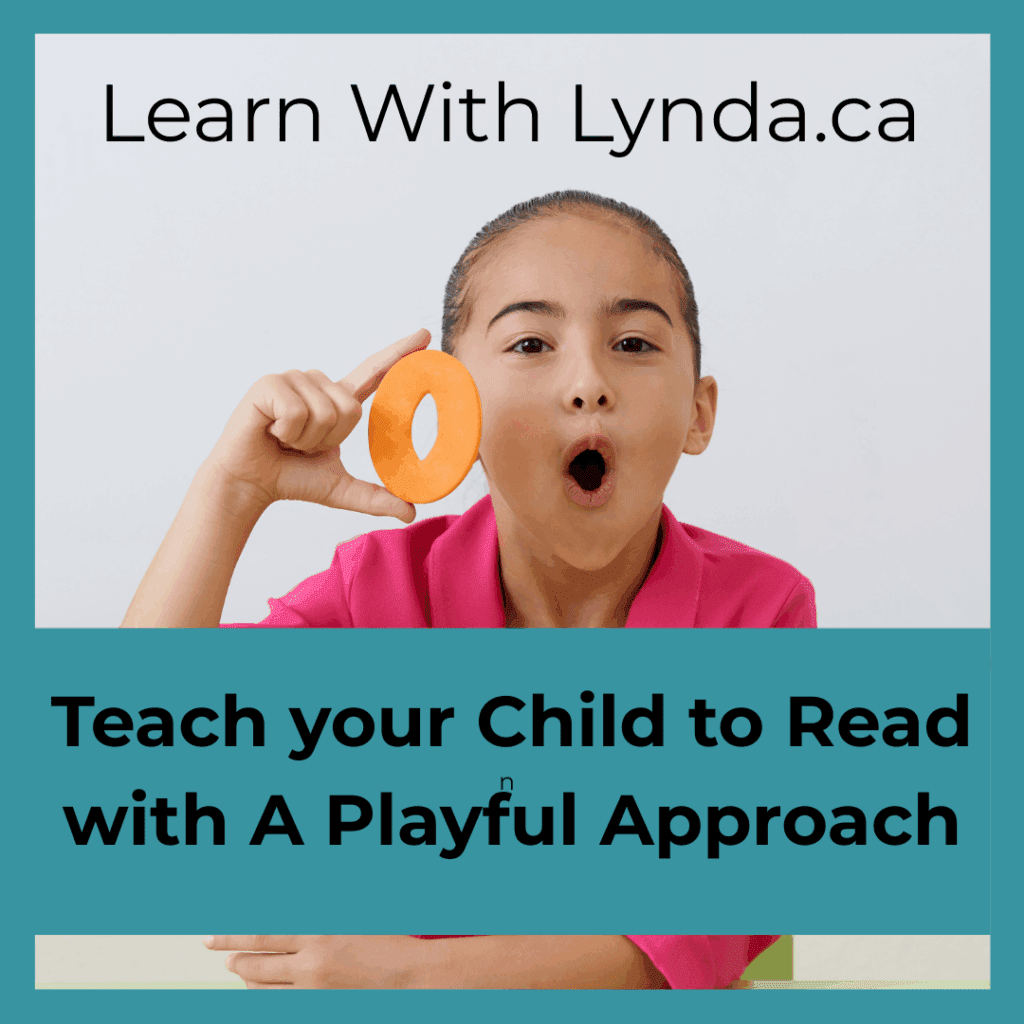Our brains are wired for spoken language but we must be taught how to read starting with letter sounds.
Reading is a skill that needs to be taught and practiced. While the brain already has areas for visual processing, understanding spoken language, and producing speech, learning to read requires building new neural pathways that connect these systems. That’s how we become skilled at recognizing and decoding written words.
For many years, people believed that reading was mostly about memorizing words. But that is not the answer – memorization isn’t enough. You’ve probably seen a child “reading” a familiar book, but when you show them one of those words on its own, outside of the book’s context, they might not recognize it. That’s because true reading means understanding how letters and letter sounds work together—not just remembering what words look like.
Start with Letter Sounds, Not Just Letter Names
While learning letter names is important, it’s the sounds that letters make that truly help children begin to read. For example, knowing that the letter S makes the /s/ sound is much more helpful when sounding out words like sun, sand, or sit. You can absolutely teach both letter names and sounds, but when it comes to early reading, sound comes first.
You know your child and students best, so trust your instincts on how much to introduce at once. Some children might be ready for a handful of sounds, while others need to focus on just a couple at a time.
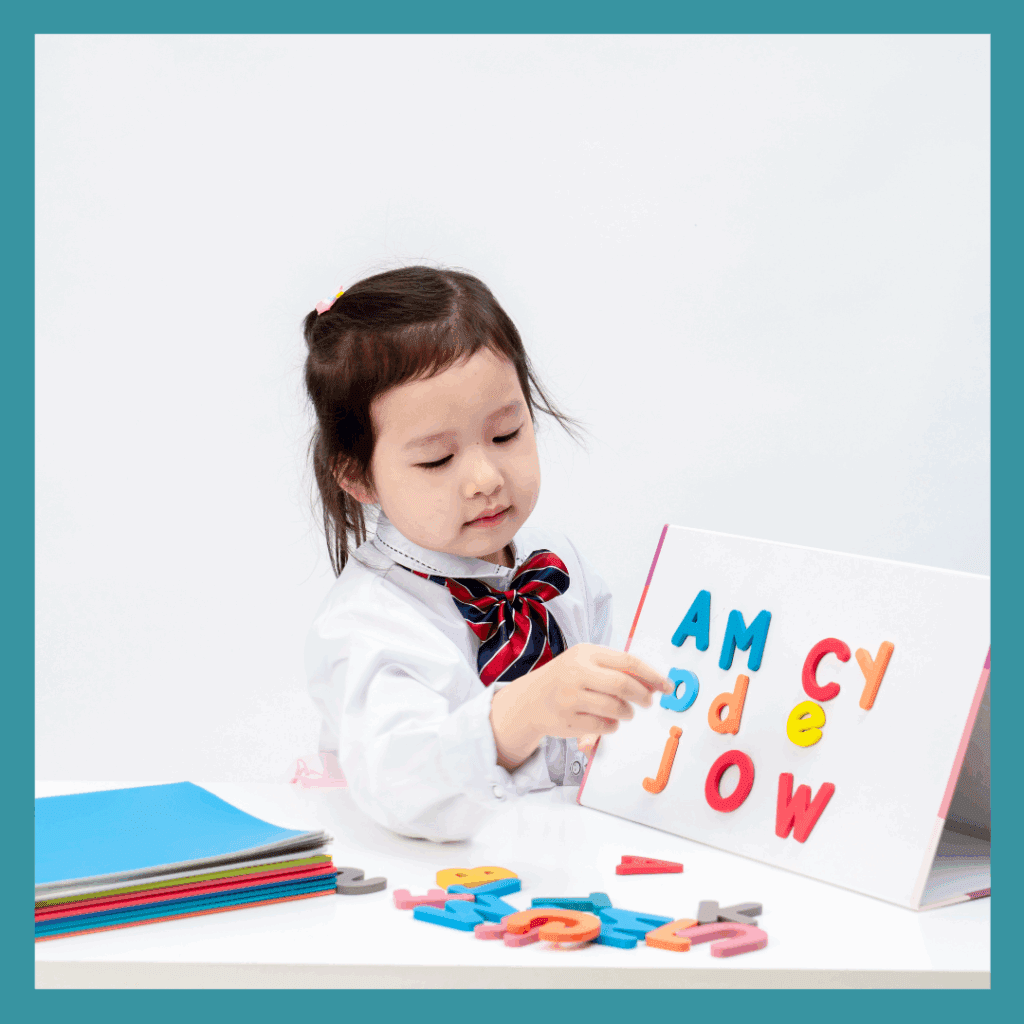
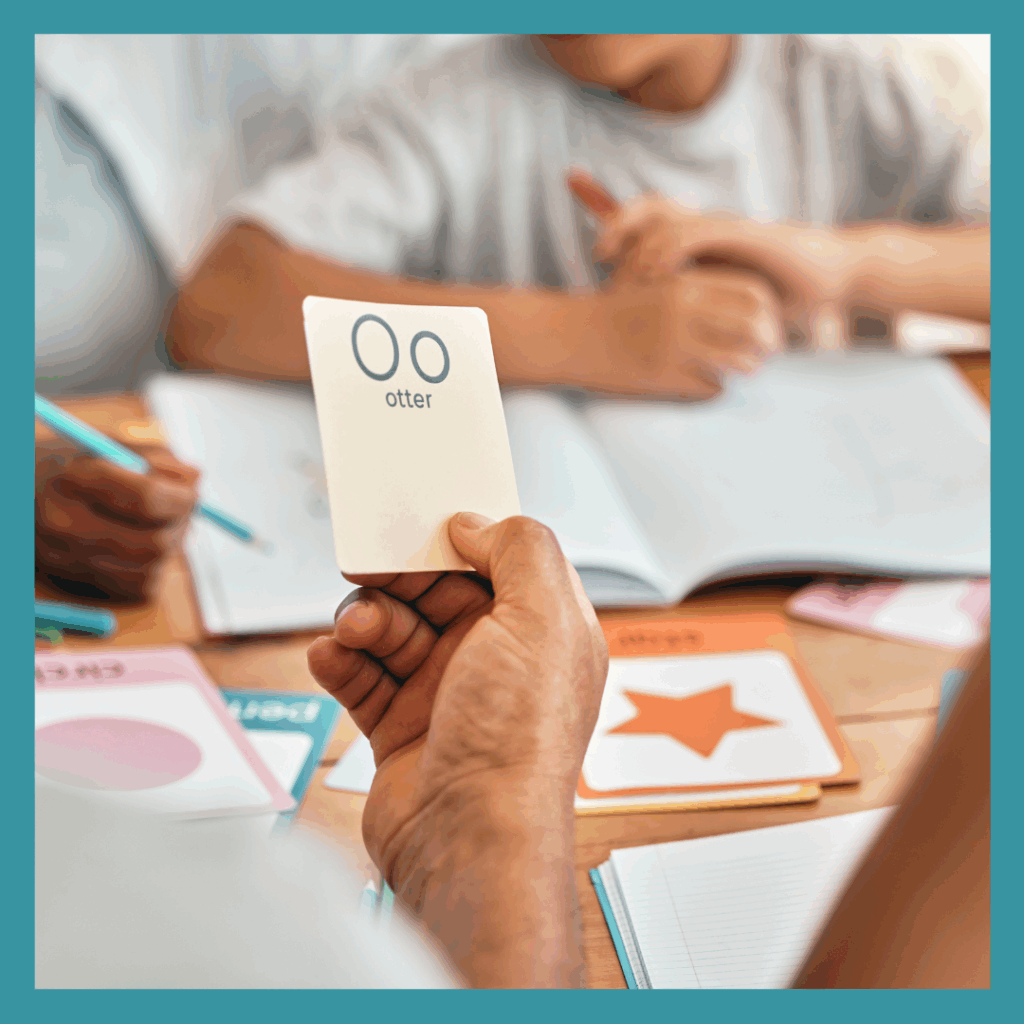
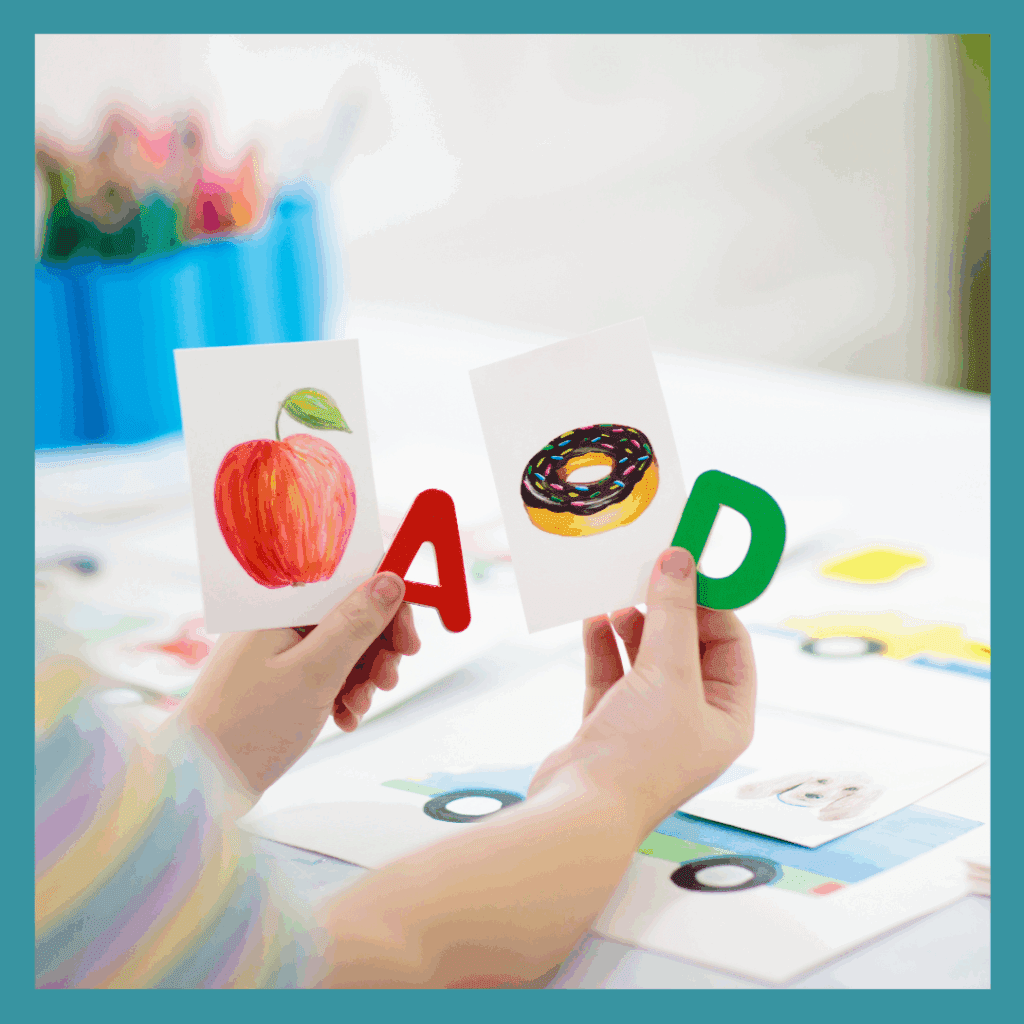
Common Mistakes to Avoid
Mistake #1: Teaching too many sounds at once
Start small. Focus on 2 to 4 letter sounds and give children time to hear them, say them, and use them in playful, hands-on ways. Once your children are confident with those sounds, add a few more. The key is repetition and variety—but always keep it fun and engaging.
Mistake #2: Teaching letter sounds in alphabetical order
It’s tempting to go from A to Z, but that’s not the most effective way to teach sounds. Instead, choose common letter sounds that appear frequently in simple words, like m, s, a, and t. You can also start with letters that are meaningful to your students, like the first letters of their names. The goal is for children to recognize letter sounds out of order and in different contexts.
Playful Learning Activities for Letter Sounds
In a playful learning classroom, you can turn letter sound practice into meaningful, memorable experiences. Here are a few playful ideas to try:
- Sound Hop: Write letters or letter combinations on pieces of paper and spread them on the floor. Call out a sound, and have students hop to the correct letter. This gets their bodies moving and keeps their attention focused. Take this outside – use chalk and try the same activity.
- Mystery Sound Box: Fill a box with small objects that begin with certain letter sounds (like a spoon, sock, and spider for /s/). Have children pull out an item, say what it is, and name the beginning sound.
- Letter Sound Playdough Mats: Create mats with large letters on them and a space to build the letter with Play-Doh. While they shape the letter, have them say the sound over and over. Add a picture that starts with the same sound.
- Sound Sorting: Use picture cards and have children sort them by their beginning sounds. For example, place a card with the letter B on one side and S on the other. Then have students sort cards with ball, bat, sock, sun, etc.
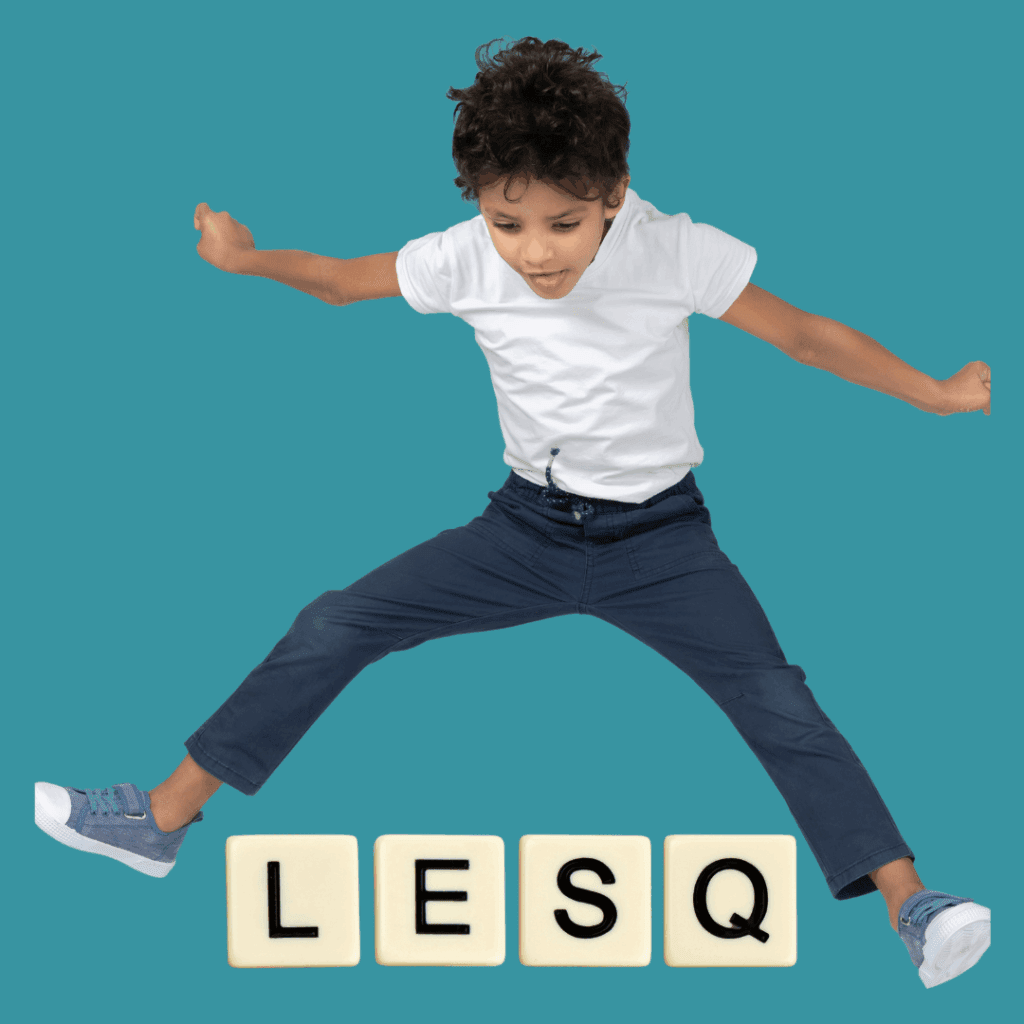
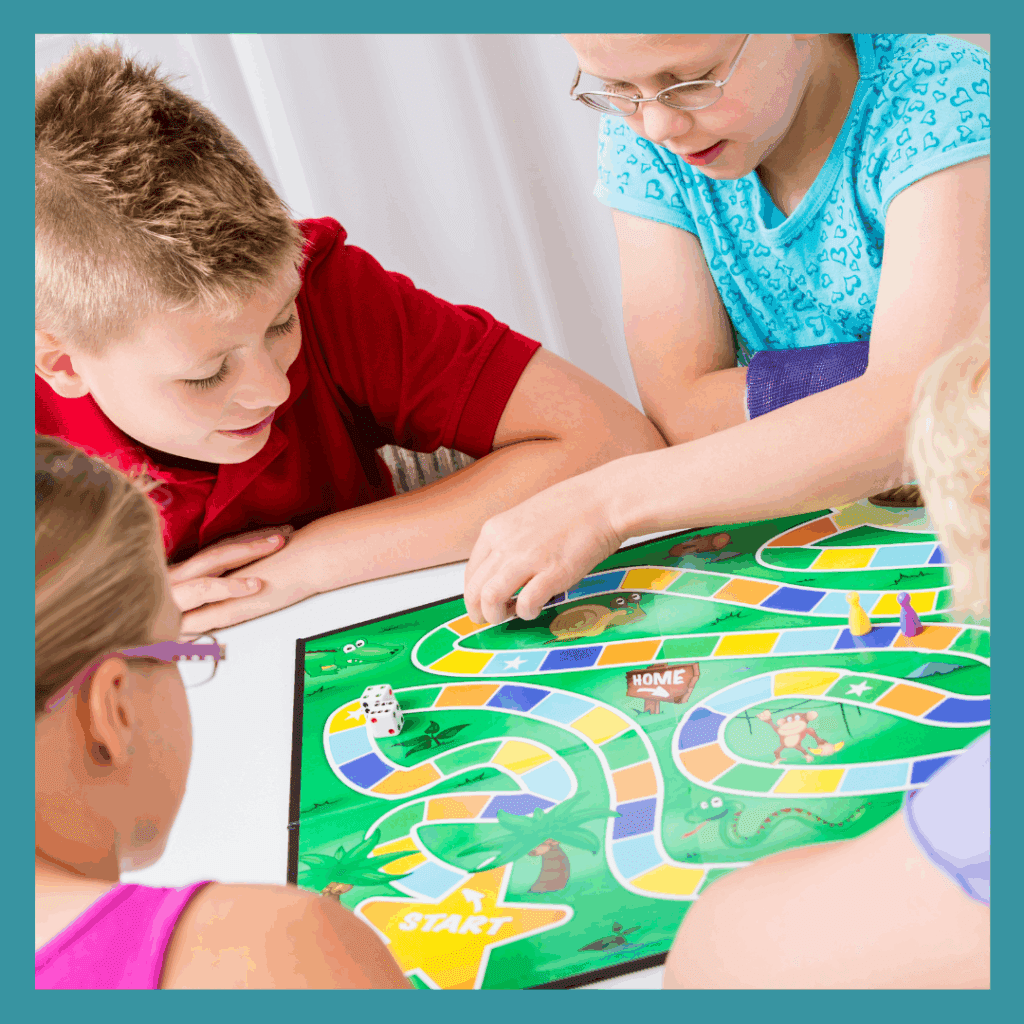
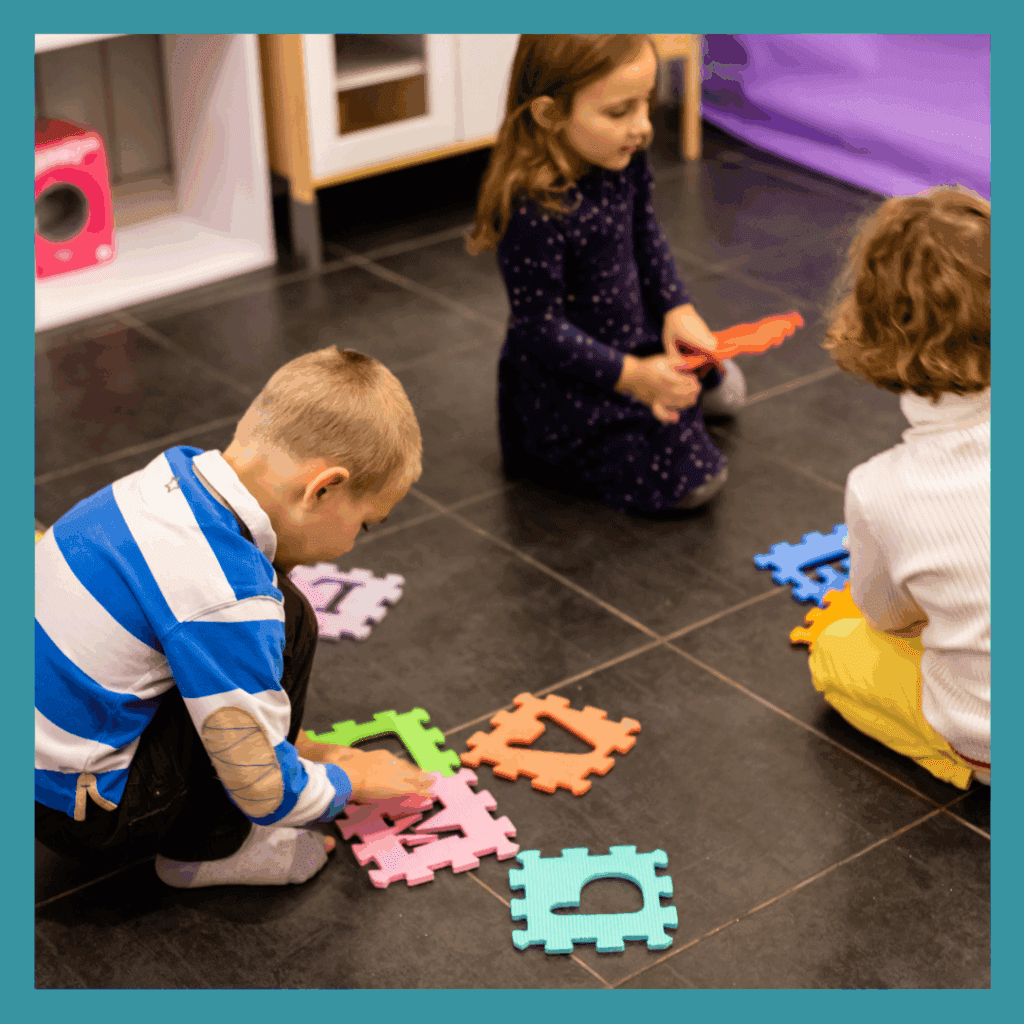
Teaching children to read begins with sound—literally. When we start with the building blocks of language and wrap those skills in playful, hands-on activities, we give students the confidence and tools they need to become lifelong readers.
Playful learning isn’t just fun—it’s powerful. And when we meet children where they are, with engaging experiences that build foundational skills, everyone wins.
Happy Learning,
Lynda

